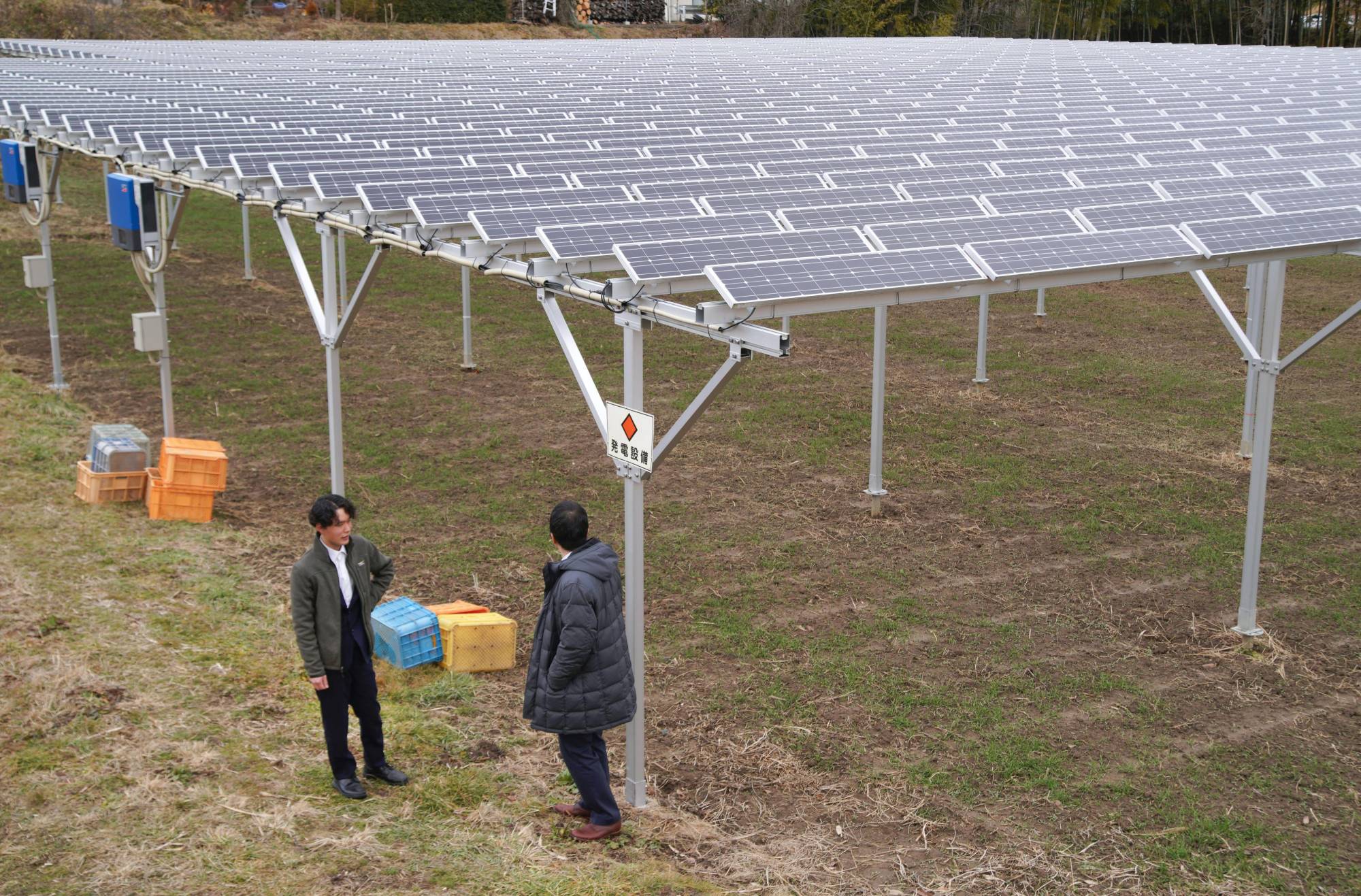Ten years after the Great East Japan Earthquake, tsunami, and triple reactor meltdown at the Fukushima No. 1 power plant, renewable energy in Japan is no longer on the margins of official debate. Instead, it has become an integral part of government policy, corporate strategy and public interest in realizing economic, as well as environmental, goals.
Though difficult cost and technology challenges remain, raising concerns about pricier electricity bills and stability of supply, renewable energy sources — particularly solar, wind, geothermal energy, hydro, and biomass — are expected to play major roles in Japan’s effort to become carbon neutral by 2050.
In 2010, the year before the March 11, 2011, disaster, renewable sources accounted for only 9.5% of the nation’s electricity mix. In fiscal 2019, renewables had expanded to provide 18% of Japan’s generated electricity.



